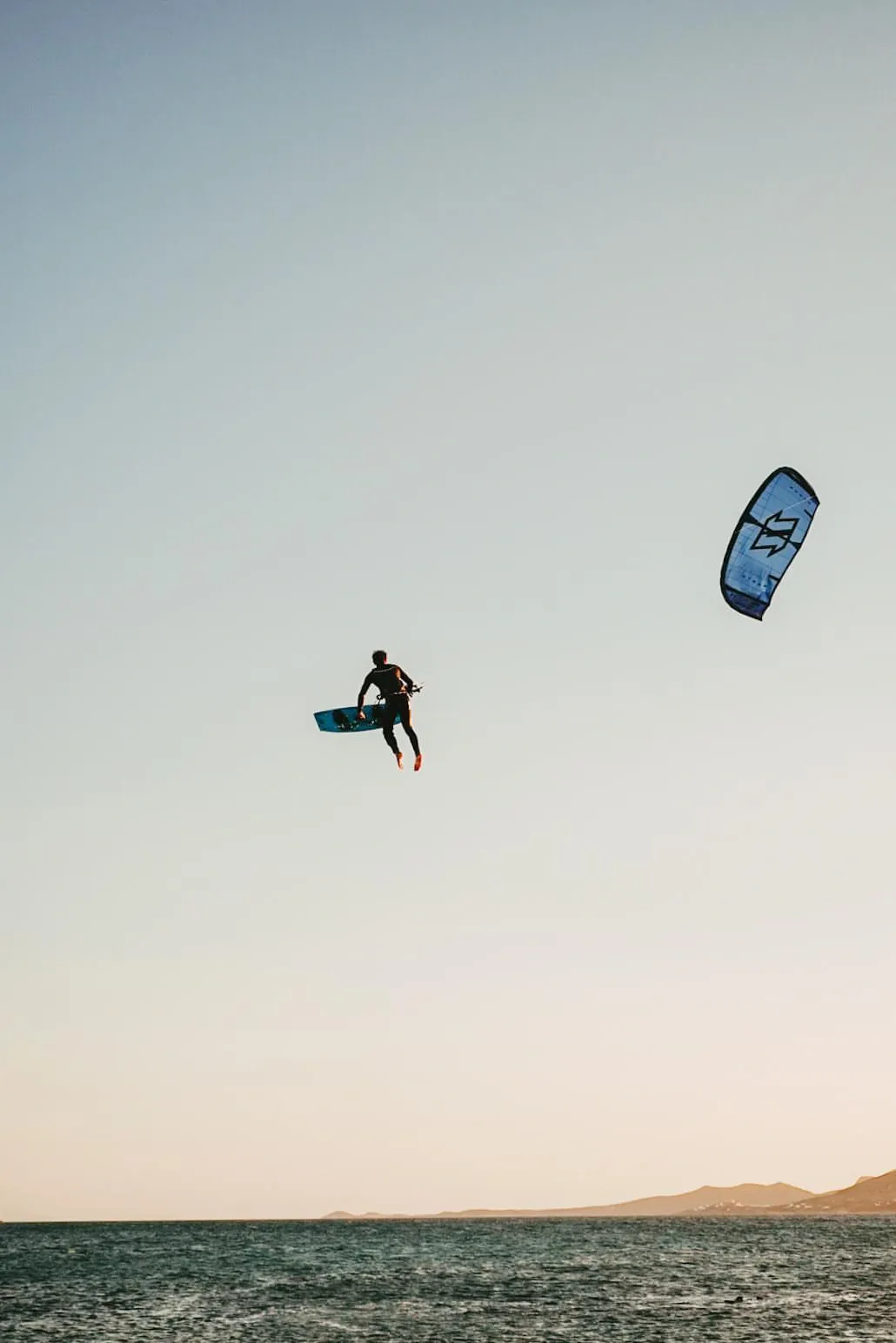Mastering the Waves: Advanced Kiteboarding Techniques Explained
Kiteboarding is an exhilarating sport that combines the elements of the sea with the thrill of aerial maneuvers. As you progress, mastering advanced techniques becomes essential for an enhanced experience. Let’s dive into some key techniques: edging, popping, jumping, and the heli loop.
Edging
Edging is the fundamental skill that sets the foundation for advanced kiteboarding. It involves riding on the edge of your board to control and create power. Proper edging results in a significant spray and a noticeable edge angle. To achieve excellent edging, keep the kite low, press your heels into the pads, pull your toes towards your shins, and press your lower back into the harness. This technique is crucial for generating power and performing high jumps.
Popping
The preload pop is a technique for big air takeoff. It involves a complex combination of harnessing power and timing. By maintaining a strong edge and sending your kite faster, you can generate more power for higher jumps. The preload pop allows you to hold your edge better, enabling you to control this increased power effectively.
Jumping
Jumping is a thrilling aspect of kiteboarding, where you harness the power of the wind to lift off from the water. It combines the techniques of edging and popping. A successful jump requires a strong edge, proper kite positioning, and the right moment to release the power for lift-off.
Heli Loop
The heli loop is an advanced maneuver used to control your descent after a high jump. It involves steering the kite in a loop above you to provide a controlled and smooth landing. Key points for a successful heli loop include parking the kite, swinging under it, and steering it around with controlled movements. The heli loop is typically initiated when you are at least 8 meters high, and it helps in landing safely after big jumps.
To master these techniques, it’s essential to practice regularly and understand the dynamics of wind and water. Each maneuver requires a balance of power, control, and timing. As you progress, these advanced skills will not only improve your performance but also enhance the thrill and enjoyment of kiteboarding.
Remember, safety is paramount. Ensure you are comfortable with basic skills before attempting these advanced techniques. With practice and patience, you’ll be mastering the waves like a pro. For more insights and lessons on advanced kiteboarding techniques, visit our website.
